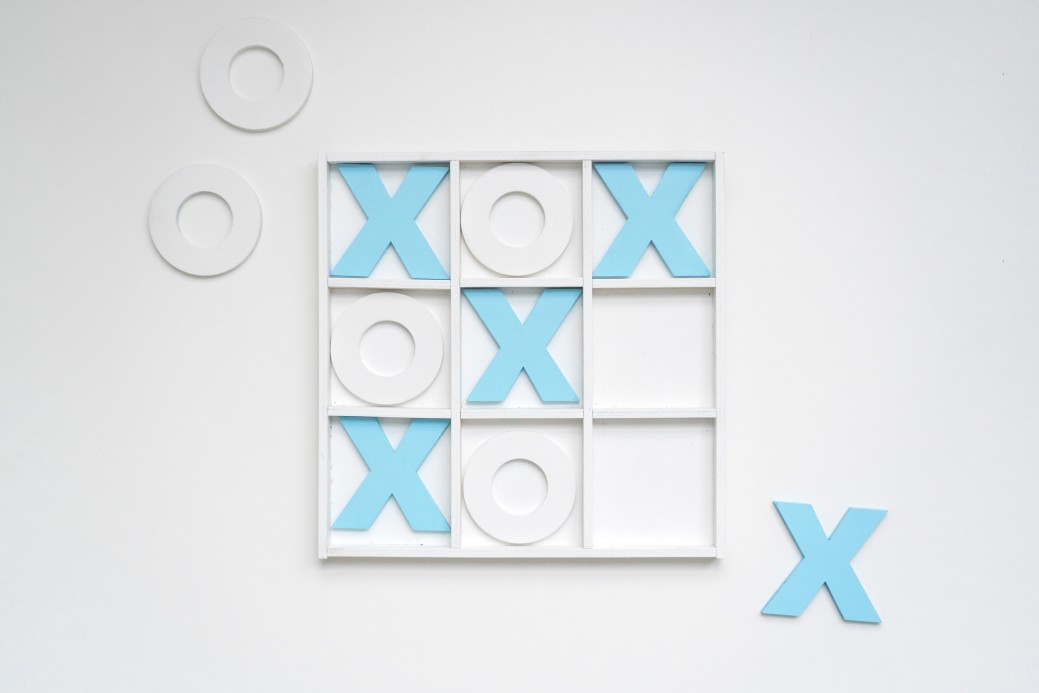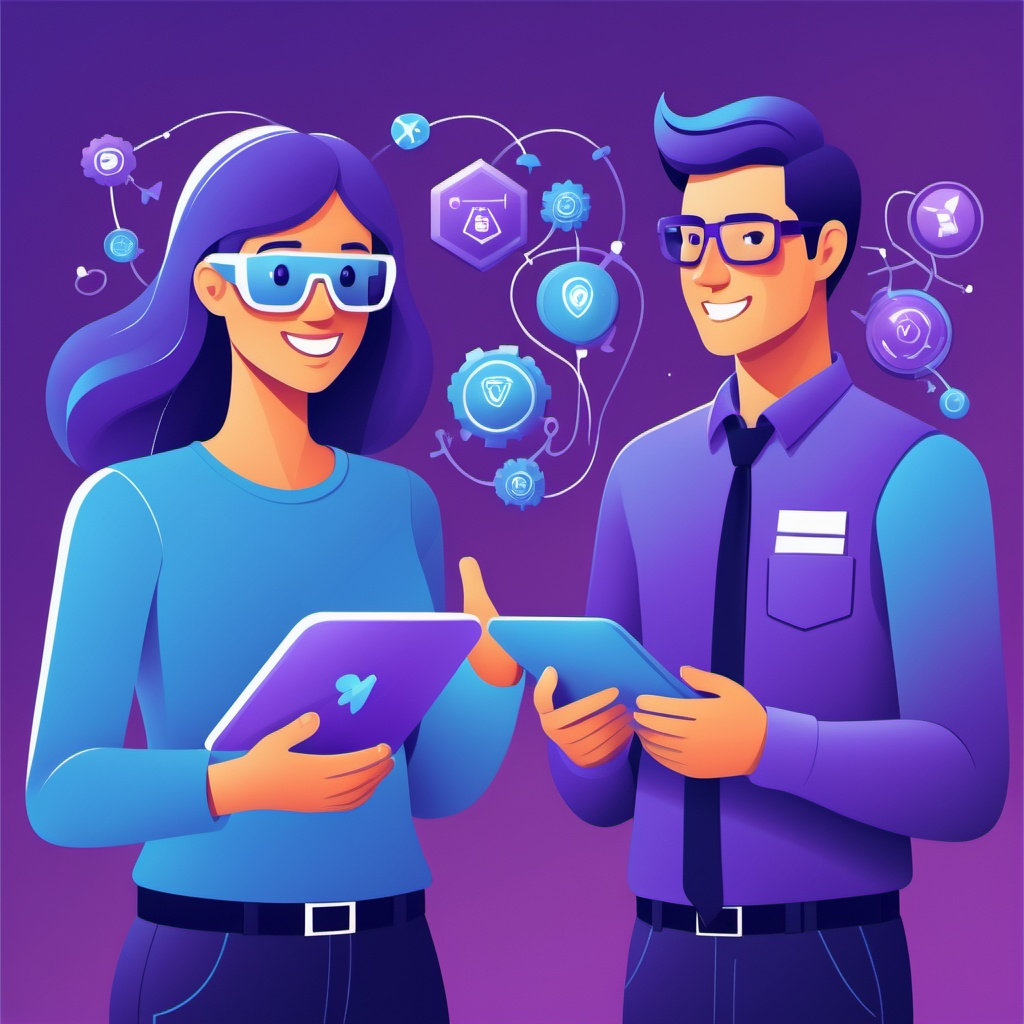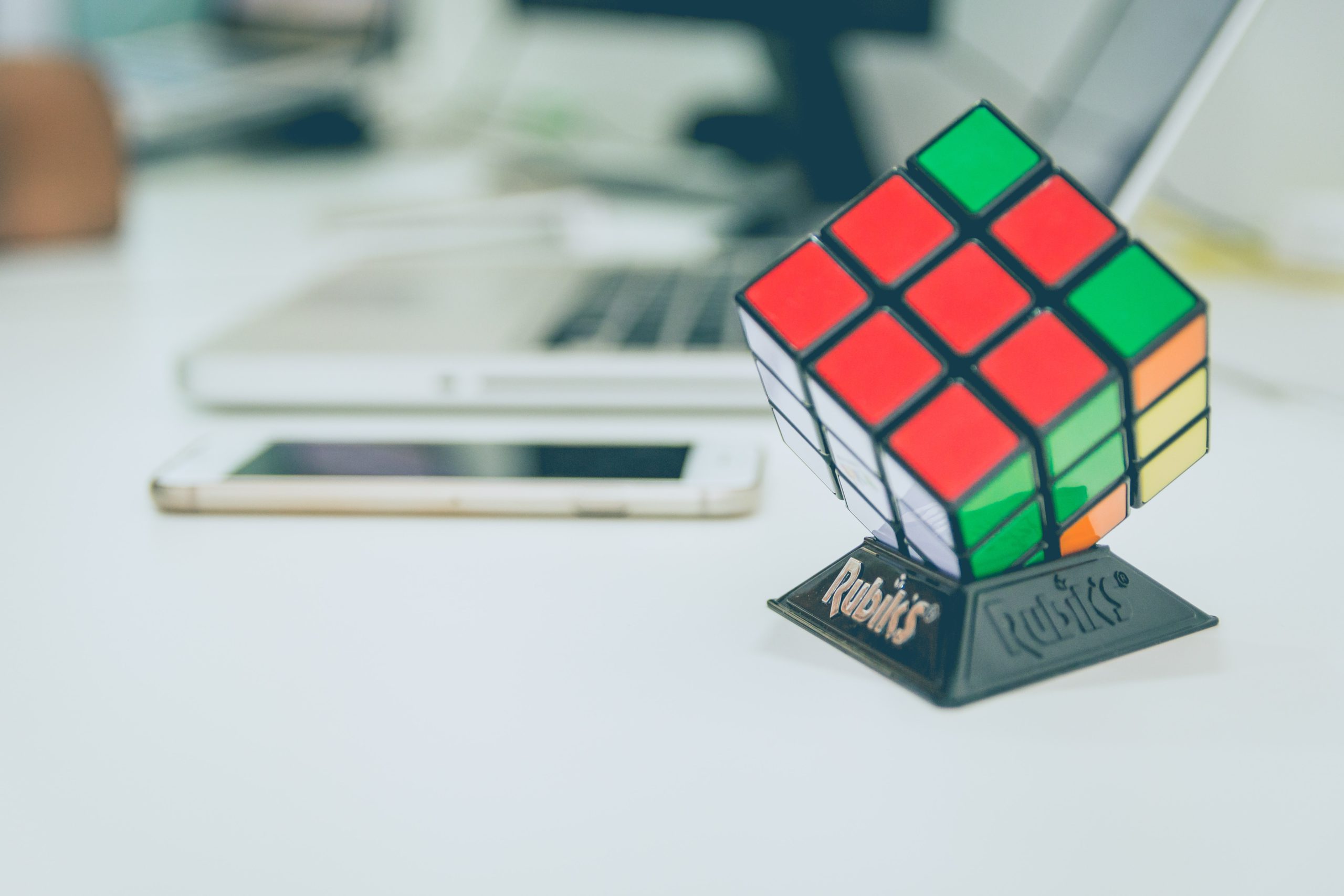How Does Gamification Work in Business
How Does Gamification Work in Business
In recent years, we can see an increase in gamification elements being implemented in various businesses, events, and programs. How and why to implement them in business is what we will try to make out today. Read more about gamification and training: Why to Have Gamification in Training Programs.
“Gamification is the process of using game thinking and game dynamics to engage audiences and solve problems” – Gabe Zichermann, World’s foremost expert and public speaker on the subject of Gamification
As we know, it has been proved that gamification increases user efficiency and productivity. Gamification in business is a way to achieve goals and increase sales for the company. However, who is gamification aimed at? Most of the offered gamification elements we’ve seen are being implemented at large businesses and companies. Many global enterprises that have implemented gamification elements in their lifestyle have created them with their own specialists which can get pretty costly. Does that mean it can’t be made cheaper and used in relatively smaller businesses? Definitely not! Nowadays, there are plenty of ways to integrate gamification also in small businesses. Efectio is one of the examples. Companies using this platform have to only pay for the service provided. They don’t have to onboard new staff and expand the IT department to maintain the platform, so, in that way, they are free of new operating costs and logistics. What is also very important: you can implement this system for everyone – technical staff, managers, etc.
Gamification in no way should replace an existing system. It should complement any other system in play. Gamification, used in business, is incredibly beneficial if well executed. If it’s poorly executed, then there’s no result, and, in the worst scenario, it could even bring regression in user productivity and give a false sense of motivation. This is a great reason to use an outside service with specialists and experience in this field. And there are many offers out there in the market, with slight or quite considerable differences so that you can find the most suitable platform for you. Gamification brings more users to the platform, and it reduces employee onboarding time, plus makes them more committed to the company, so these two are crucial points that assist in the growth of the business.
A part of gamification in business can be found targeted on their clients. The goal for this program is quite different because business isn’t really working on increasing client’s productivity. It is aimed to raise income by making them shop more frequently or use their provided service more often, so, in a word, – make them more engaged with the company. Great examples for gamification for clients are brands like Nike, Starbucks, Duolingo. Nike has its NikeFuel, a fitness app that motivates its users to exercise more and share their results with friends and others. Starbucks has a loyalty program where clients earn bigger and bigger prizes every time they visit one of their coffee shops. And of course now worldwide famous language learning app Duolingo. It uses game-like tasks and progress following to help learn new languages in fun and interesting ways.
In conclusion, gamification will become even more popular and essential in the growth of the business, especially because motivation changes throughout the generations and the trends show that motivation decreases. It’ll get a lot more important to draw all the potential out of a client or an employee to succeed in the rough business world. The success won’t depend any more only on employers and management. Everyone will play an important role in the evolution of the business; that’s why everyone should be motivated enough and in their own particular way. Read more: Gamification for Business Growth: How to Make Your Team Productive.









